Huge Czech grain silo conversion has restoration, intervention and celebration at its heart
Grain silo conversion Automatic Mills is a new cultural heart for the city of Pardubice by Prokš Přikryl architekti, and a skilful transformation of an important industrial building

Mill and grain silo conversion projects are a strong symbol of the replacement of urban industry with culture as a driving economic force. From the Baltic in Gateshead, through to the Zeitz MOCAA in Cape Town and the recently opened Kunstsilo in Kristiansand, Norway, the epic scale of 20th-century industrial architecture lends itself to the aggrandising ethos of so much modern art.
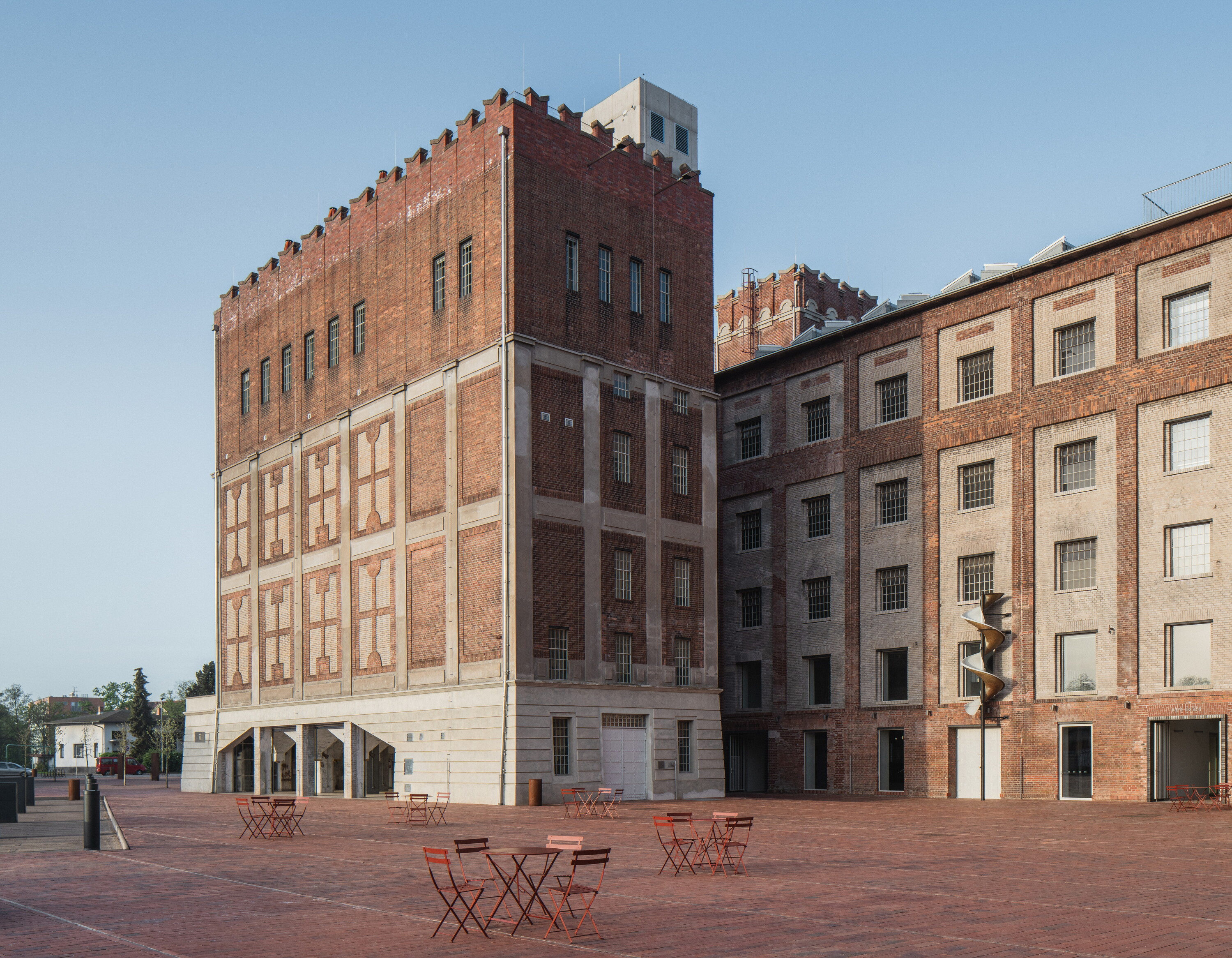
Automatic Mills: a grain silo conversion
However, it’s often the buildings themselves that speak loudest. This is the impressively overhauled Automatic Mills in Pardubice in the Czech Republic. Designed by architect Josef Gočár and opened in 1909 for the Winternitz brothers. It operated until 2013, when it became surplus to requirements. The sheer quality and detail of Gočár’s design ensured the building would be saved.

The site, on banks of the Chrudimka River, is an expansive one, offering almost unlimited space and opportunity for the city. Martin Prokš and Marek Přikryl of Prokš Přikryl architekti were tasked with overseeing the building’s transformation into the centrepiece of a new culture-focused urban district.

Gočár’s original structure was true industrial architecture, with the towering Silo combining meticulous brickwork and detailing that’s part palazzo, part Renaissance and all modernist.

Working closely with Lukáš Smetana and Mariana Smetanová of the Automatic Mills Foundation, the organisation set up to oversee the works and protect the key qualities of the site, Prokš and Přikryl have opted for a combination of bold material and structural interventions that leave the vast majority of the architecture untouched.

Automatic Mills was transformed into a new social hub, with a new purpose-built hall capable of hosting everything from theatrical shows to lectures and social events, while a roof terrace offers up a new view of the city. The monolithic concrete grain bins, with their richly textured walls, have been part opened up to form a series of exhibition spaces. Finally, the ground floor has been peeled away to create a new covered public square.

Gočár’s magnificent outer shell once concealed the machinery and structure of the milling industry with a structure that exuded civic pride in industry and labour. ‘The mills were from the outset never perceived as purely an industrial building,’ the architects write, ‘Instead, they create the mystery of a machine hidden in a fortress. Even the grain silo, added to the mill in 1924, is itself not clearly graspable.’
Receive our daily digest of inspiration, escapism and design stories from around the world direct to your inbox.
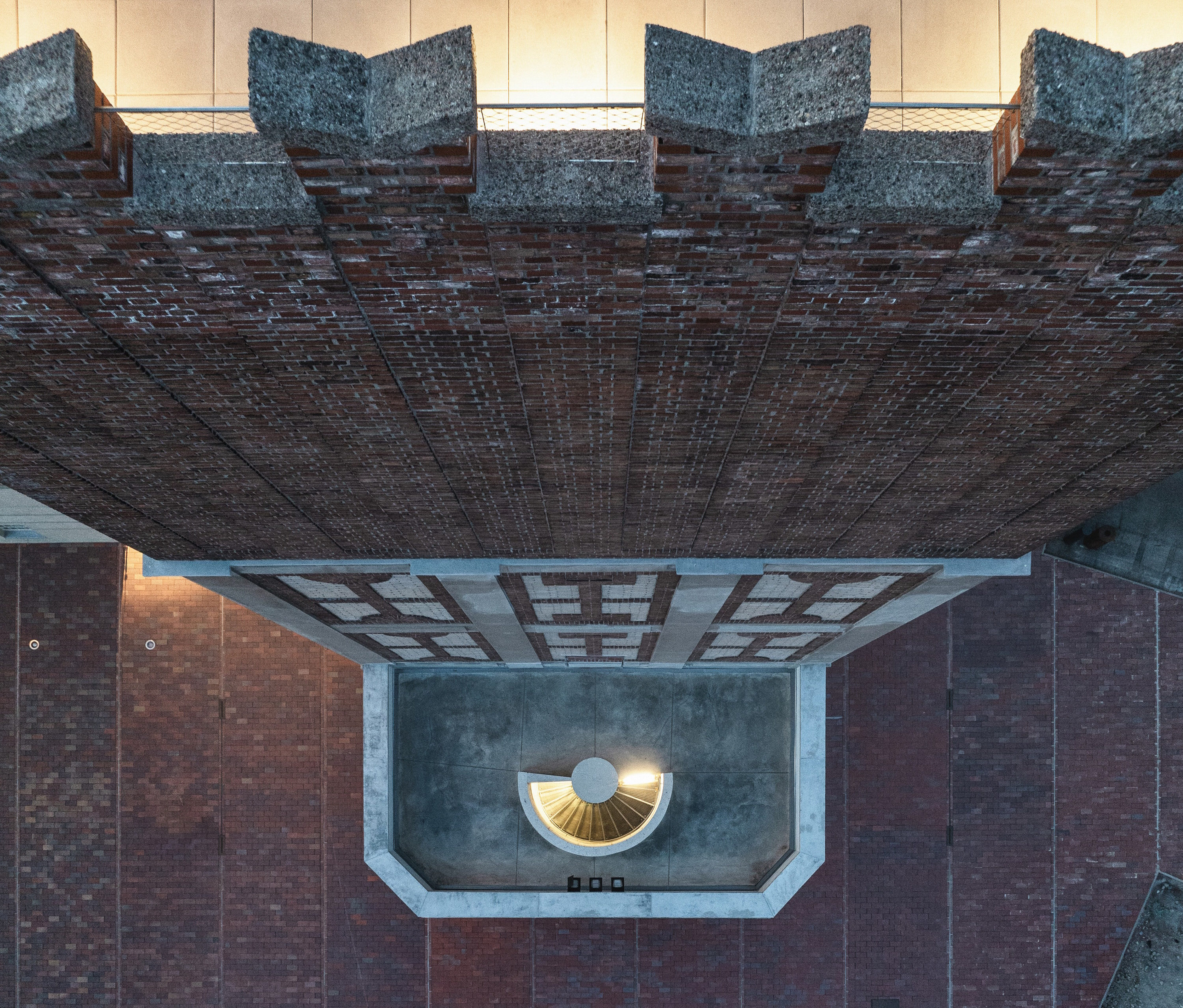
This peeling back of original function to reveal the inner forms and workings off lost industry is a characteristic shared by many of our modern culture mills. Using glass-concrete floor panels and metal mesh staircases preserves the industrial, otherworldly quality of these vertical spaces, celebrating their forms and physicality for the first time since their construction.
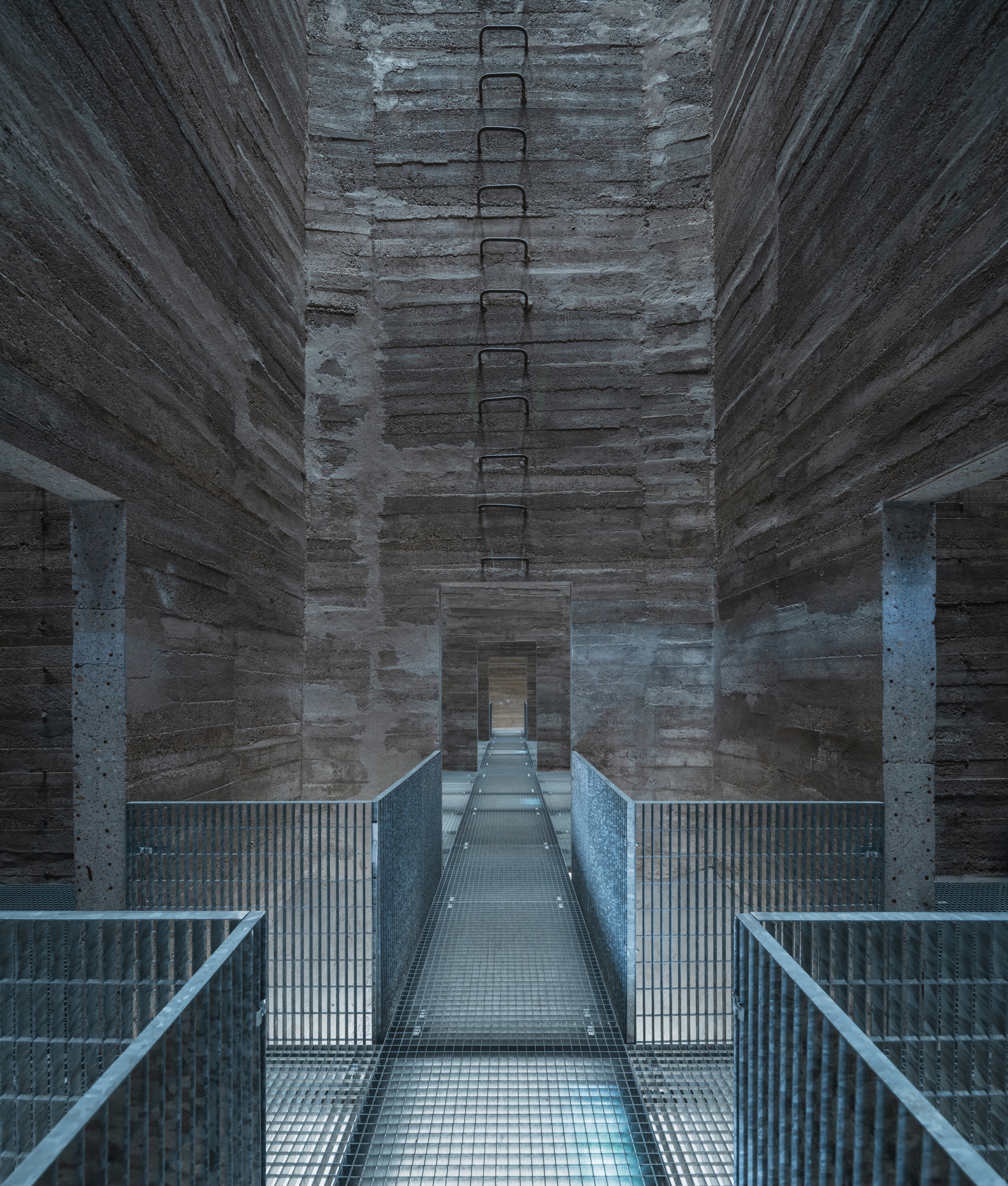
Other buildings on the site include the Gočár Gallery and Gampa Gallery, and an educational centre. Care has been taken to retain as much original patina as possible, especially in areas that have changed and evolved over time.

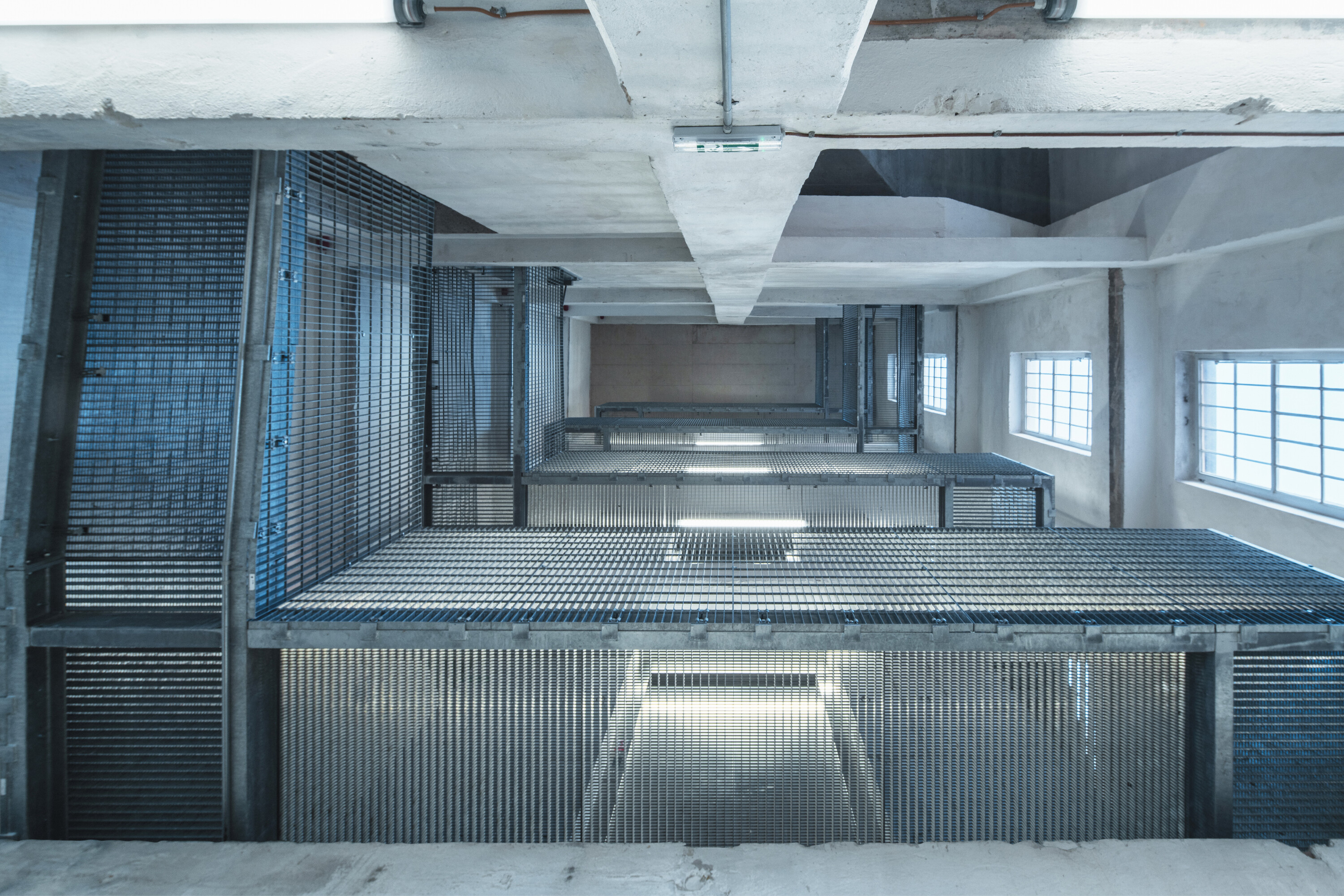
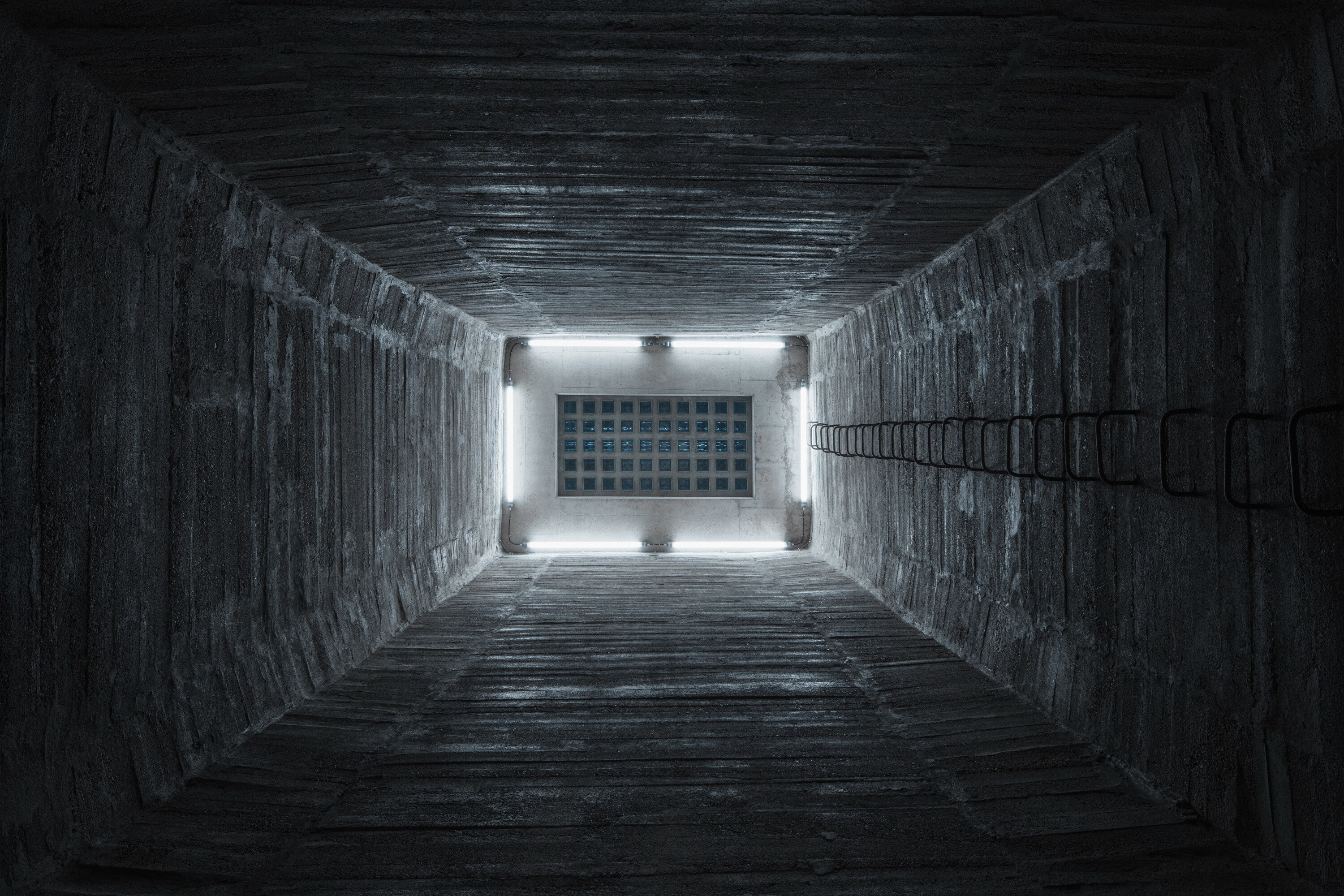


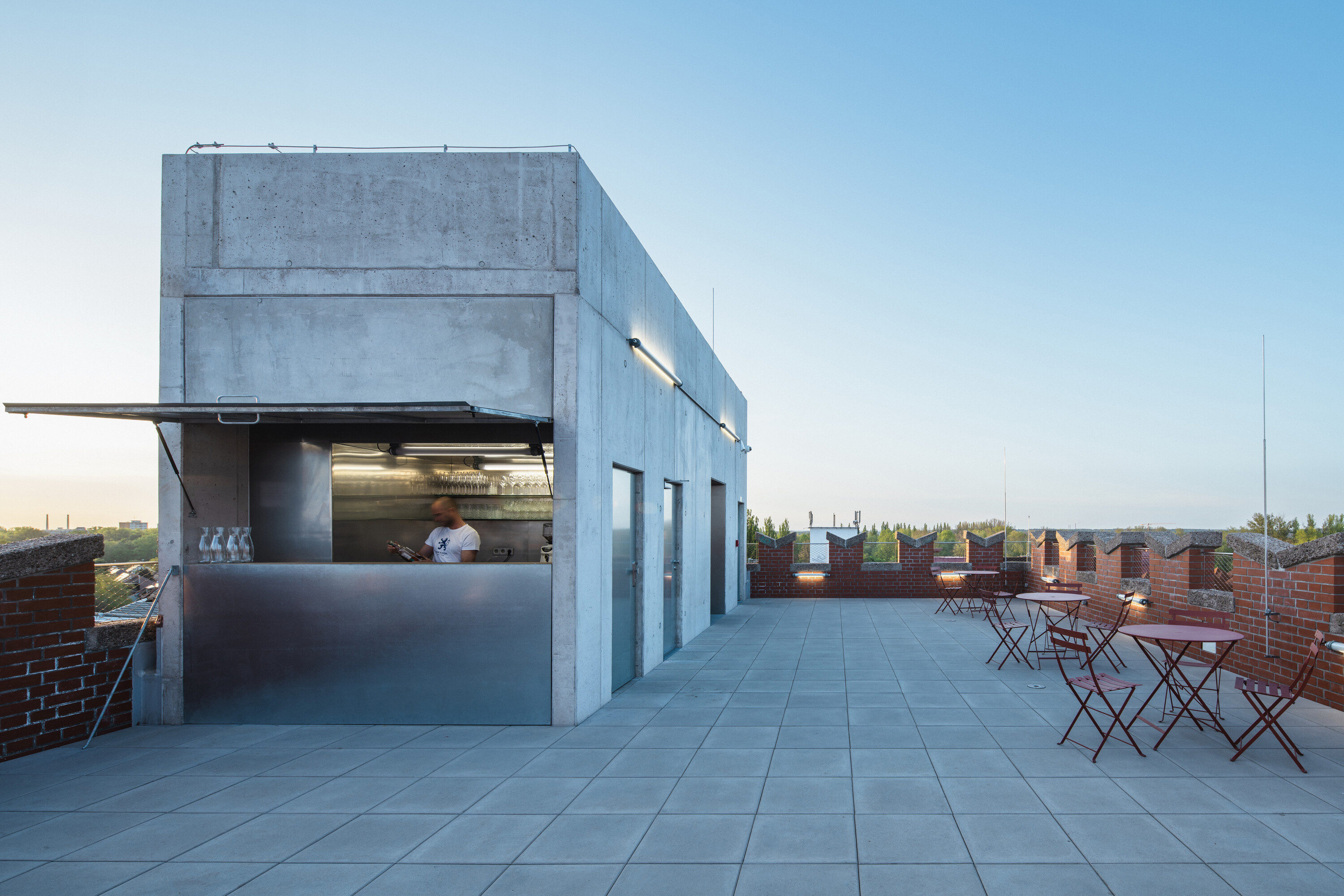
Jonathan Bell has written for Wallpaper* magazine since 1999, covering everything from architecture and transport design to books, tech and graphic design. He is now the magazine’s Transport and Technology Editor. Jonathan has written and edited 15 books, including Concept Car Design, 21st Century House, and The New Modern House. He is also the host of Wallpaper’s first podcast.
-
 Volvo’s quest for safety has resulted in this new, ultra-legible in-car typeface, Volvo Centum
Volvo’s quest for safety has resulted in this new, ultra-legible in-car typeface, Volvo CentumDalton Maag designs a new sans serif typeface for the Swedish carmaker, Volvo Centum, building on the brand’s strong safety ethos
-
 We asked six creative leaders to tell us their design predictions for the year ahead
We asked six creative leaders to tell us their design predictions for the year aheadWhat will be the trends shaping the design world in 2026? Six creative leaders share their creative predictions for next year, alongside some wise advice: be present, connect, embrace AI
-
 10 watch and jewellery moments that dazzled us in 2025
10 watch and jewellery moments that dazzled us in 2025From unexpected watch collaborations to eclectic materials and offbeat designs, here are the watch and jewellery moments we enjoyed this year
-
 The Architecture Edit: Wallpaper’s houses of the month
The Architecture Edit: Wallpaper’s houses of the monthFrom wineries-turned-music studios to fire-resistant holiday homes, these are the properties that have most impressed the Wallpaper* editors this month
-
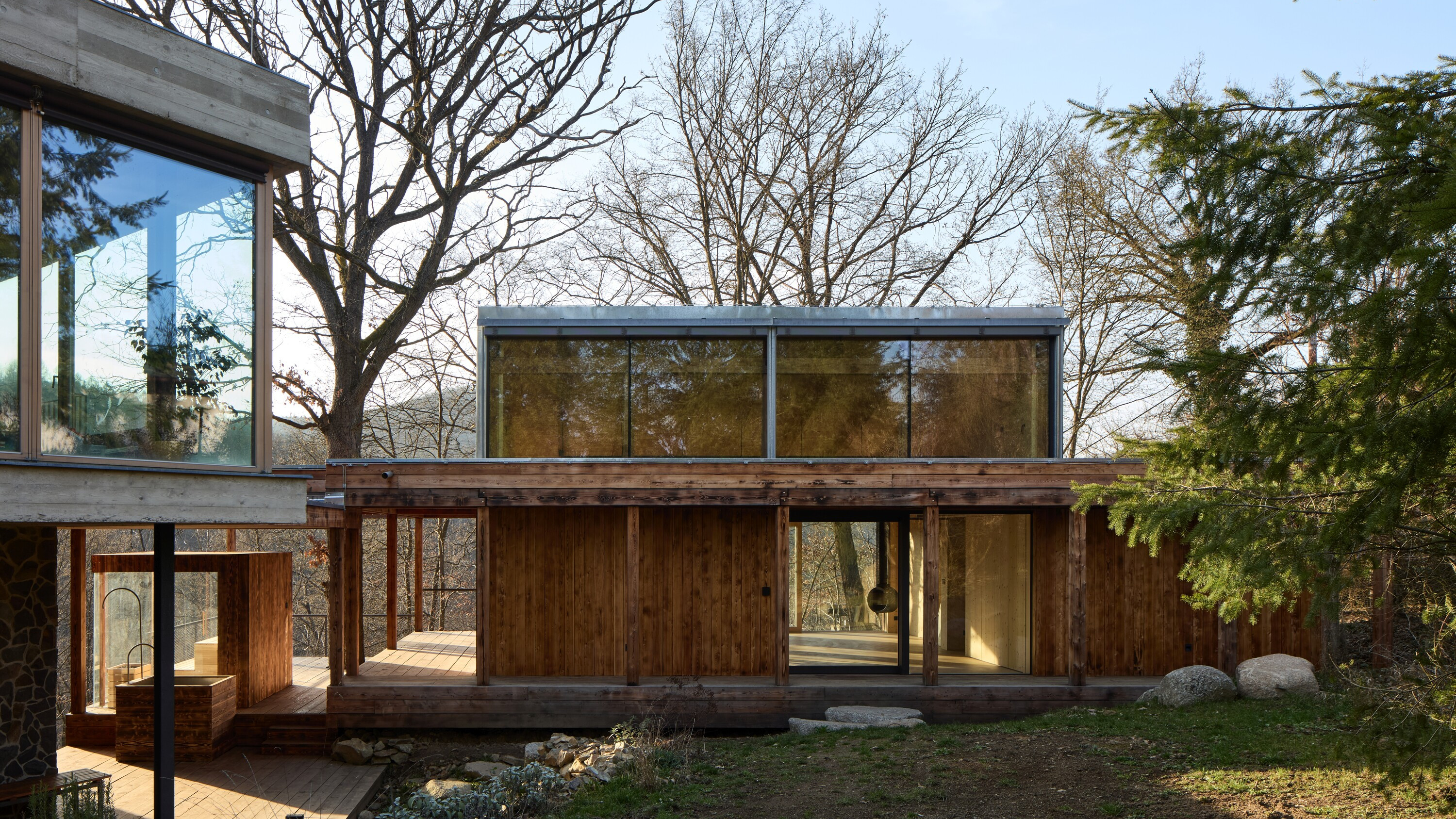 A new timber studio in the Czech Republic is carefully integrated into its hillside site
A new timber studio in the Czech Republic is carefully integrated into its hillside sitePäivä Architekti’s Czech Studio Above the Golden Canyon takes advantage of impressive views
-
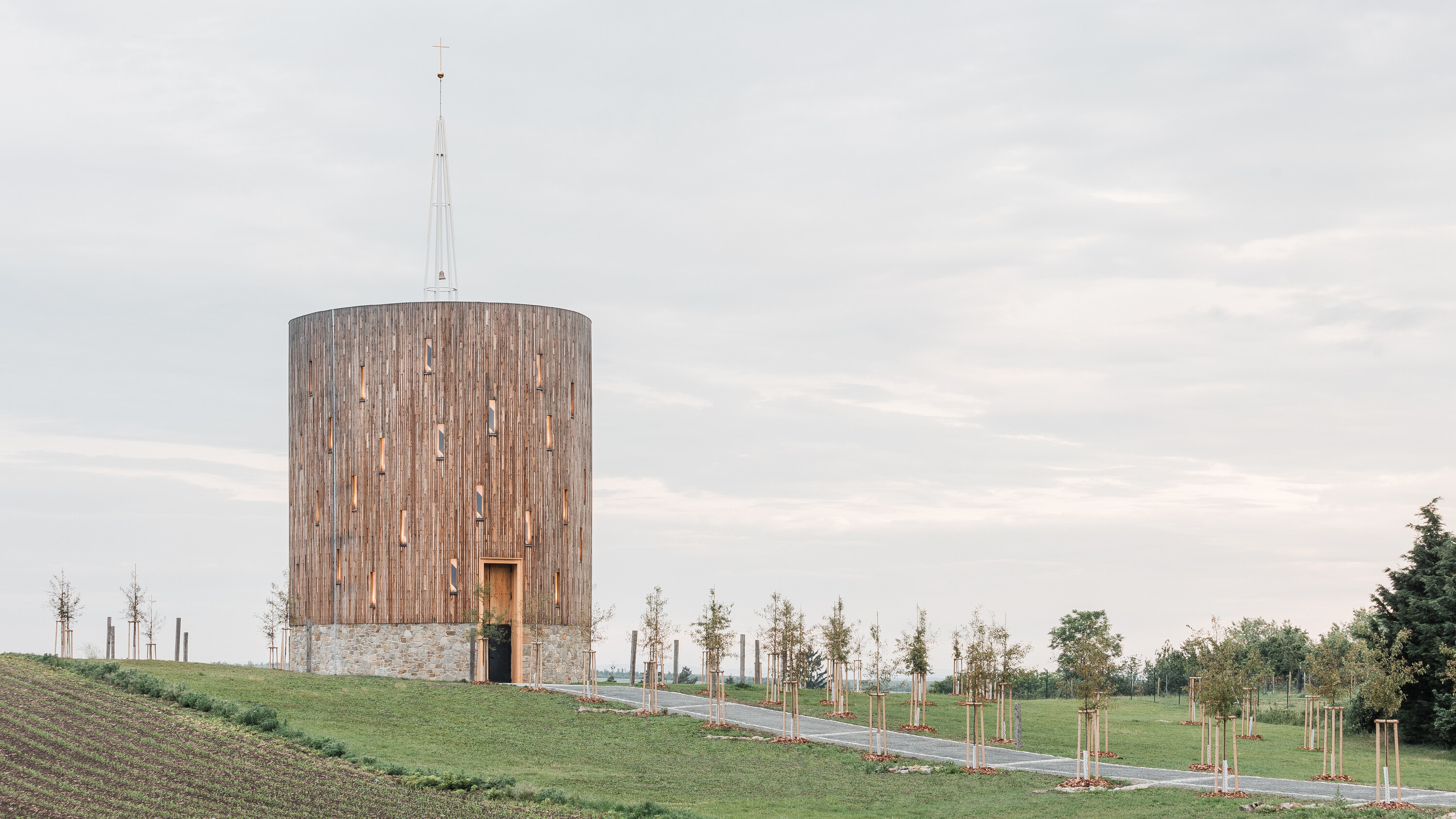 A new village chapel in the Czech Republic is rich in material and visual symbolism
A new village chapel in the Czech Republic is rich in material and visual symbolismStudio RCNKSK has completed a new chapel - the decade-long project of Our Lady of Sorrows in Nesvačilka, South Moravia
-
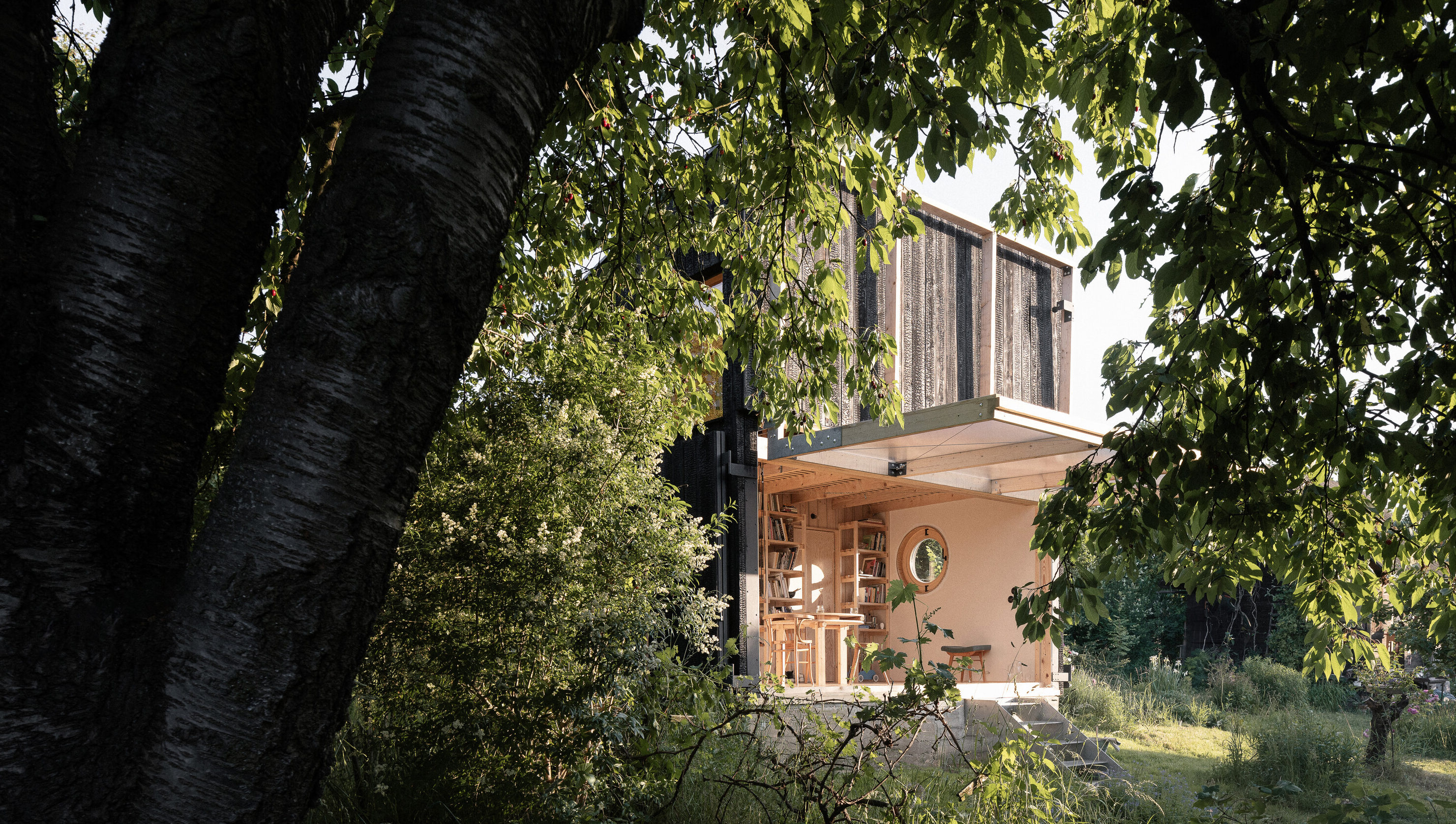 A garden pavilion in Prague becomes the ideal domestic retreat
A garden pavilion in Prague becomes the ideal domestic retreatBYRÓ Architekti built this garden pavilion as a functional cabin for a green-thumbed client, creating a beautifully composed minimalist shelter
-
 A Czech family house is enhanced by bespoke design and furniture
A Czech family house is enhanced by bespoke design and furnitureAoc Architekti has shaped a modern Czech family house around large windows and terraces to make the most of its hillside suburban site
-
 Plato in Ostrava is an art gallery on the crossroads of past and future
Plato in Ostrava is an art gallery on the crossroads of past and futurePlato Contemporary Art Gallery in Ostrava by KWK Promes is a modern rebirth celebrating a Czech building’s heritage
-
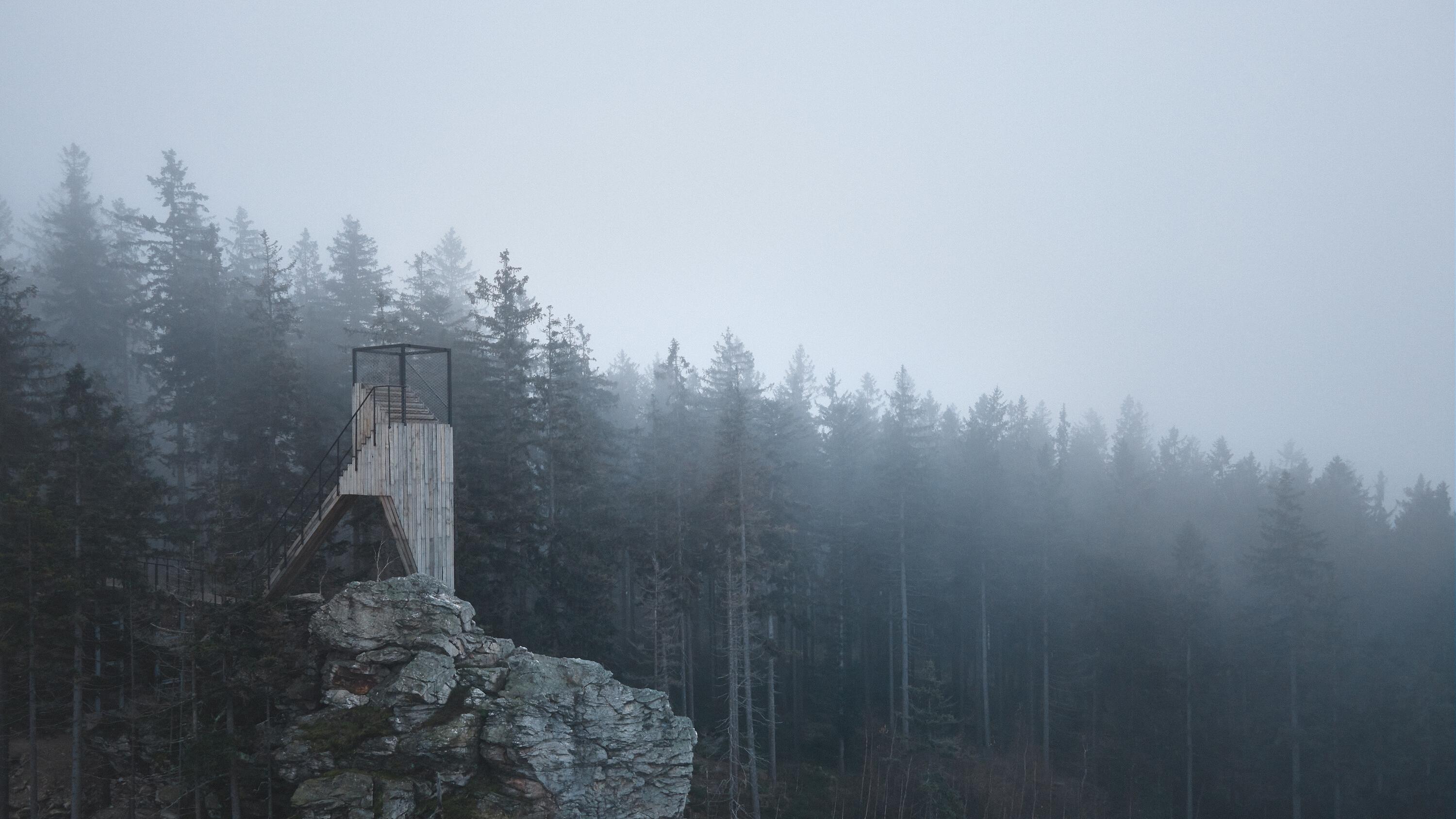 Dramatic mountain viewpoint series by Mjölk Architects celebrates Czech nature
Dramatic mountain viewpoint series by Mjölk Architects celebrates Czech natureThe Guard Patrol is Mjölk Architects’ installation of a mountain viewpoint series of four structures, created to celebrate local history and landscape
-
 Glass Cabin is a glowing addition to an ancient cottage in a Czech Forest
Glass Cabin is a glowing addition to an ancient cottage in a Czech ForestMjölk Architects created the Glass Cabin as a mix of old and new, a masterful symphony of materials and textures